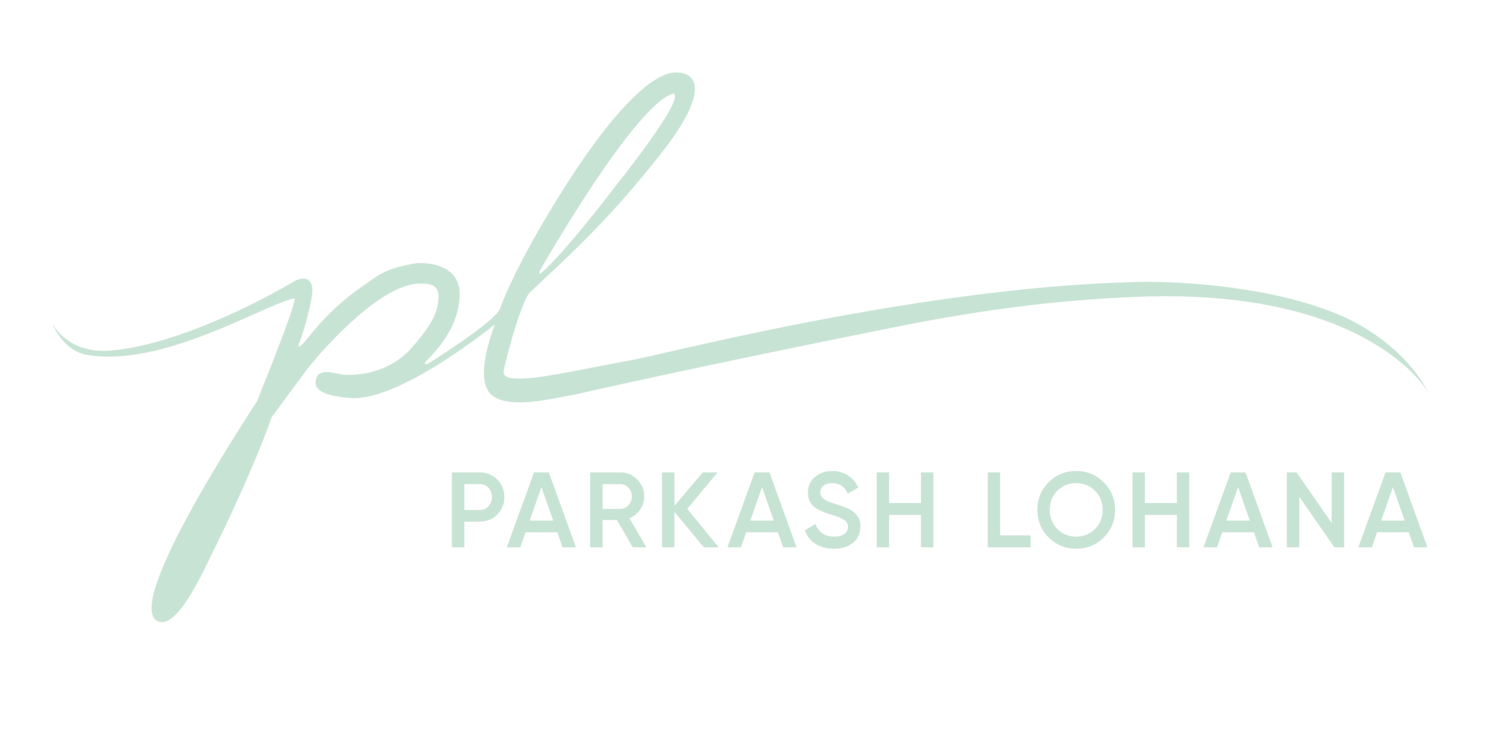
Procedures
Body
Tummy tuck (Abdominoplasty)
Overview
There are a variety of abdominoplasty procedures available, and operations can be tailored to suit a patient’s wishes and needs. Generally speaking, however, tummy tucks are most commonly carried out to remove excess skin, unwanted scars, stretch marks and fat, and to tighten the stomach muscles. The ideal patient is someone whose weight is normal, particularly those who have been overweight and have lost the excess weight.
Abdominoplasty is not an operation for people who are overweight, or as an attempt at losing weight. In appropriate patients abdominoplasty can have a very marked effect and is associated with high patient satisfaction.
This procedure is also often considered part of a ‘mummy makeover’ in combination with either a breast uplift or breast augmentation.
Types
Full Abdominoplasty
For patients who have significant skin laxity, excess fat and separation of the muscles, a classic tummy tuck is the most common procedure. Performed under general anaesthetic, this operation can require patients to be in hospital for two or three days. During the operation, an incision is made from hip to hip and around the umbilicus. The excess skin and fat is excised from the umbilicus to just above the pubic hair. The muscles above and below the umbilicus are tightened.
The skin is then sewn up to give a circular scar around the umbilicus and a long scar across the lower abdomen. Although this operation leaves a large scar, it does provide the greatest improvement in abdominal shape. Patients who are thinking about becoming pregnant should not undergo this procedure, and should wait until they are sure they are not having any more children.
Mini Abdominoplasty
For patients with only a small amount of excess skin a lesser abdominoplasty might be appropriate. A general anaesthetic is still needed. During the operation a wedge of skin and fat is excised from the lower tummy leaving a horizontal scar above the pubic hair. Sometimes the muscles will also be tightened. No scar is left around the umbilicus, which may be stretched slightly to become a different shape. A mini abdominoplasty will give a smaller effect than a full abdominoplasty
Liposuction
Liposuction can sometimes be done at the same time as the abdominoplasty. However, liposuction can be recommended instead of an abdominoplasty for younger patients who have good quality, elastic skin and whose main problem is a localised excess of fat. A general anaesthetic is most commonly used, but treatment can often be as a day case. During the procedure, small incisions are made, excess fat is removed and the wounds are then closed. Some degree of skin tightening or shrinkage can be expected as well, but the results of liposuction can sometimes be unpredictable. Liposuction alone will have less effect than abdominoplasty.
Treatment
Once the anaesthetic has taken effect your surgeon makes incisions over your stomach and above your bikini line. There is also an incision to free your tummy button from the surrounding skin. Very stretched or torn muscles are pulled together and stitched in place. Your skin is then pulled down and the excess skin is removed. A new hole is cut for your belly button. The incisions are closed using stitches.
You may have a catheter (a tube) to drain urine from your bladder into a bag beside your bed. This means that you don’t have to get up to go to the toilet straight after the operation.
The operation usually takes two to three hours.
These are the unwanted but mostly temporary effects of a successful treatment. An example of a side-effect is feeling sick as a result of the anaesthetic.
There will be some pain, and you will have swelling that may not completely settle for a few months.
You will be left with a scar around your tummy button and a long scar along your bikini line which can usually be concealed by your underwear.
Complications
This is when problems occur during or after the operation. Most people are not affected. The possible complications of any operation include excessive bleeding, infection or an unexpected reaction to the anaesthetic. It’s also possible for a blood clot to develop in a vein in the legs (deep vein thrombosis, DVT).
Specific complications or abdominoplasty are uncommon but can include numbness over the lower part of the tummy (this is usually temporary but may be permanent) and poor healing, which may result in noticeable scars.
The final position of your tummy button may be off centre, and there is a small risk of losing your tummy button completely. There is a small chance that a blood clot can form in the blood vessels and move to the lungs. This is a pulmonary embolism and may be life-threatening.
It is possible that you still won’t be satisfied with the appearance of your body after the operation. The chance of complications depends on the exact type of operation you are having and other factors such as your general health. Ask your surgeon to explain how these risks apply to you.
If you would like to know more, Contact us today.
Arrange a Consultation
E. info@mrlohana.co.uk
“Dr Lohana is one in a million. From the moment I met him he put me at ease and I was very anxious for my first consultation. He was always very honest with me when I had questions and advised me against procedures he felt weren’t necessary. From then on, I knew he was genuine, sincere and I could trust him with my life. He has literally been life changing for me. The service I received was outstanding and Dr Lohana is exceptional, I couldn’t fault my experience.”
